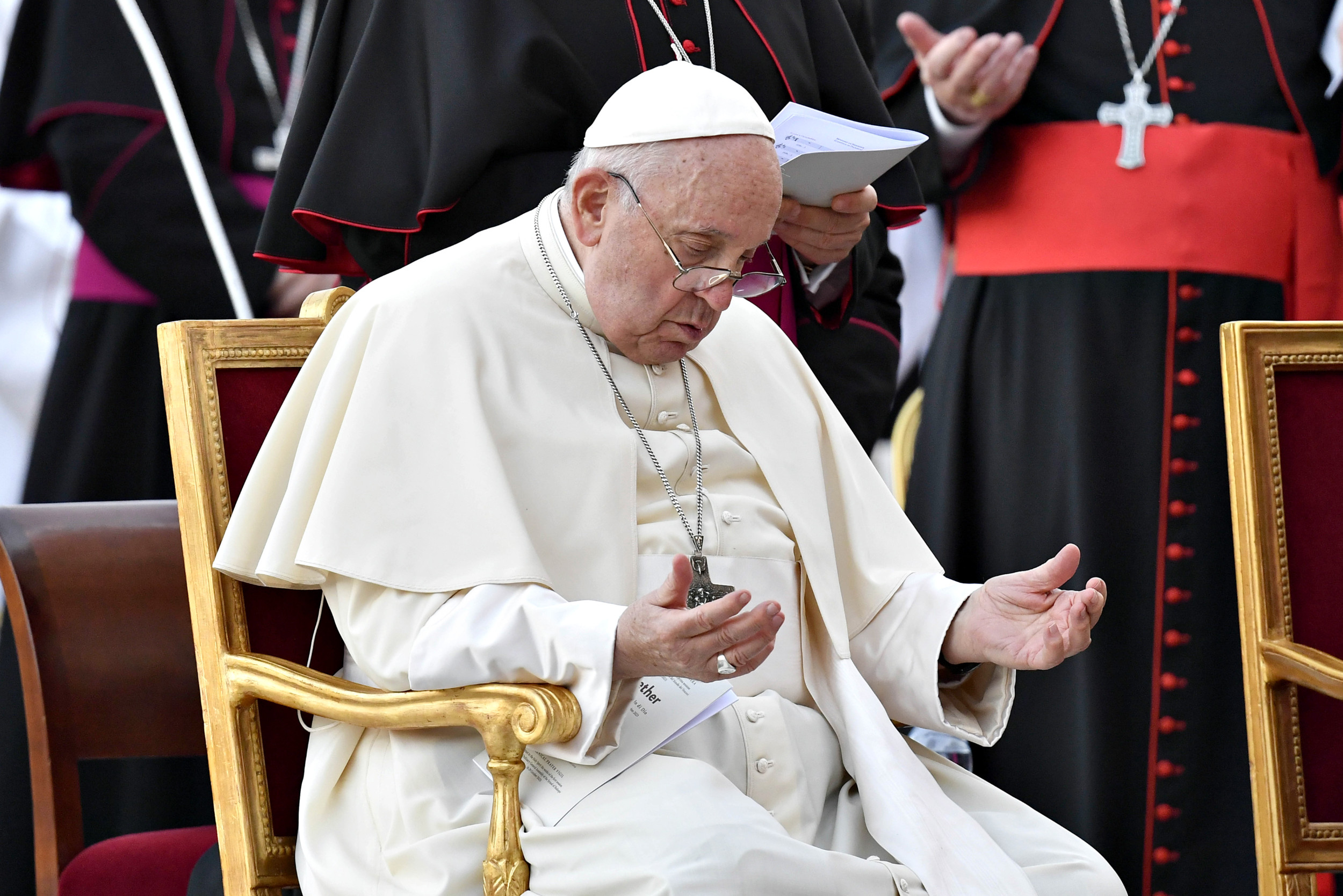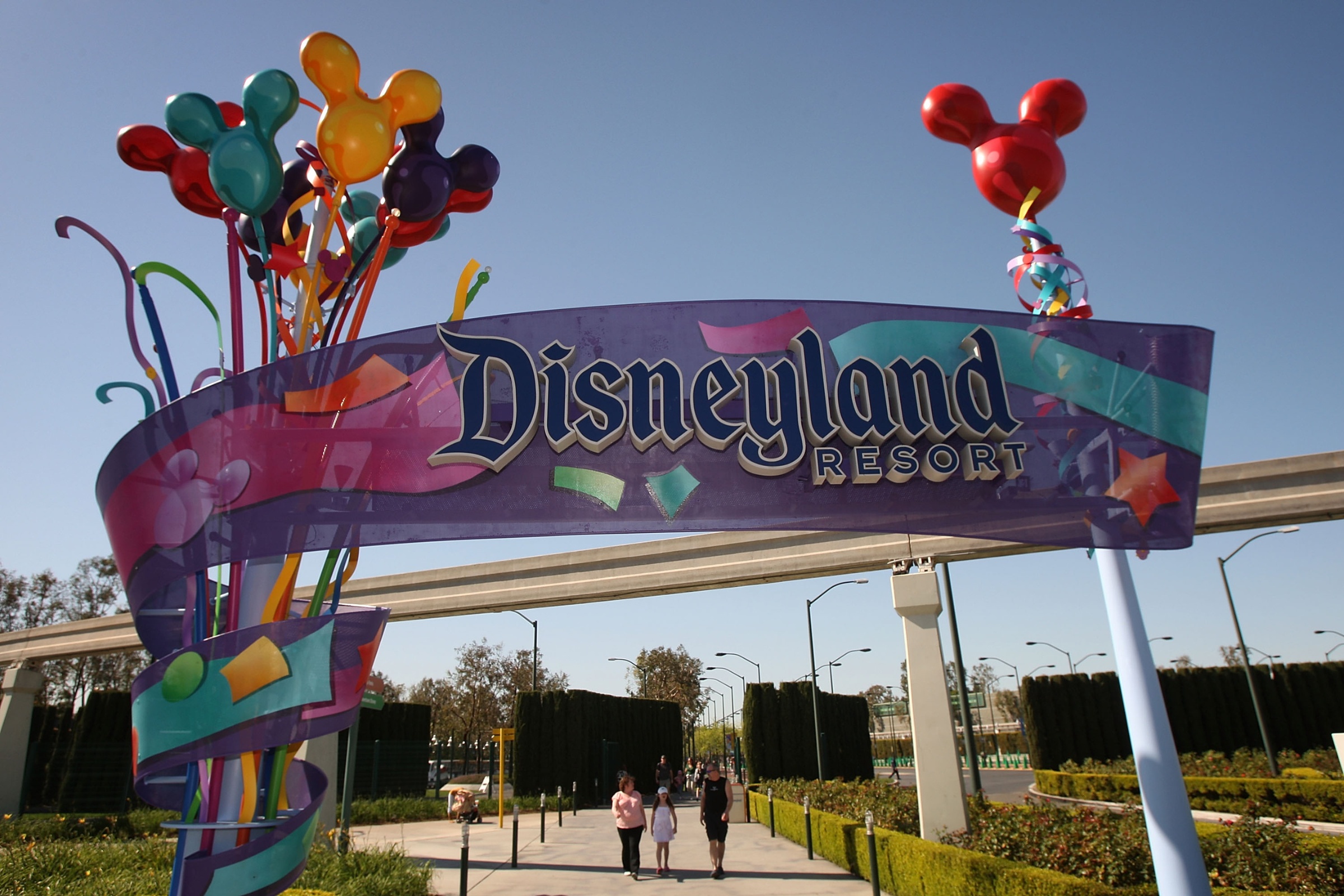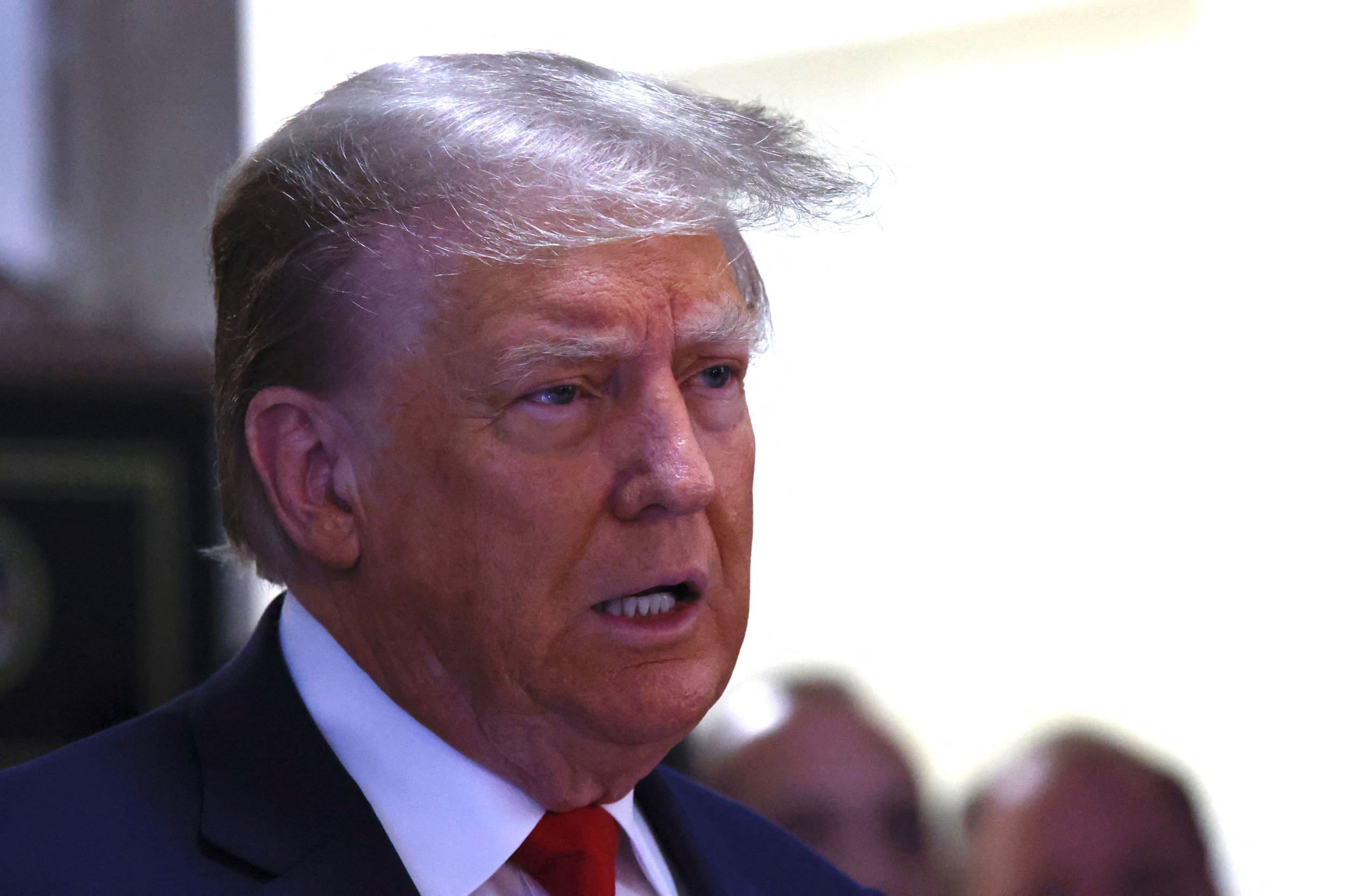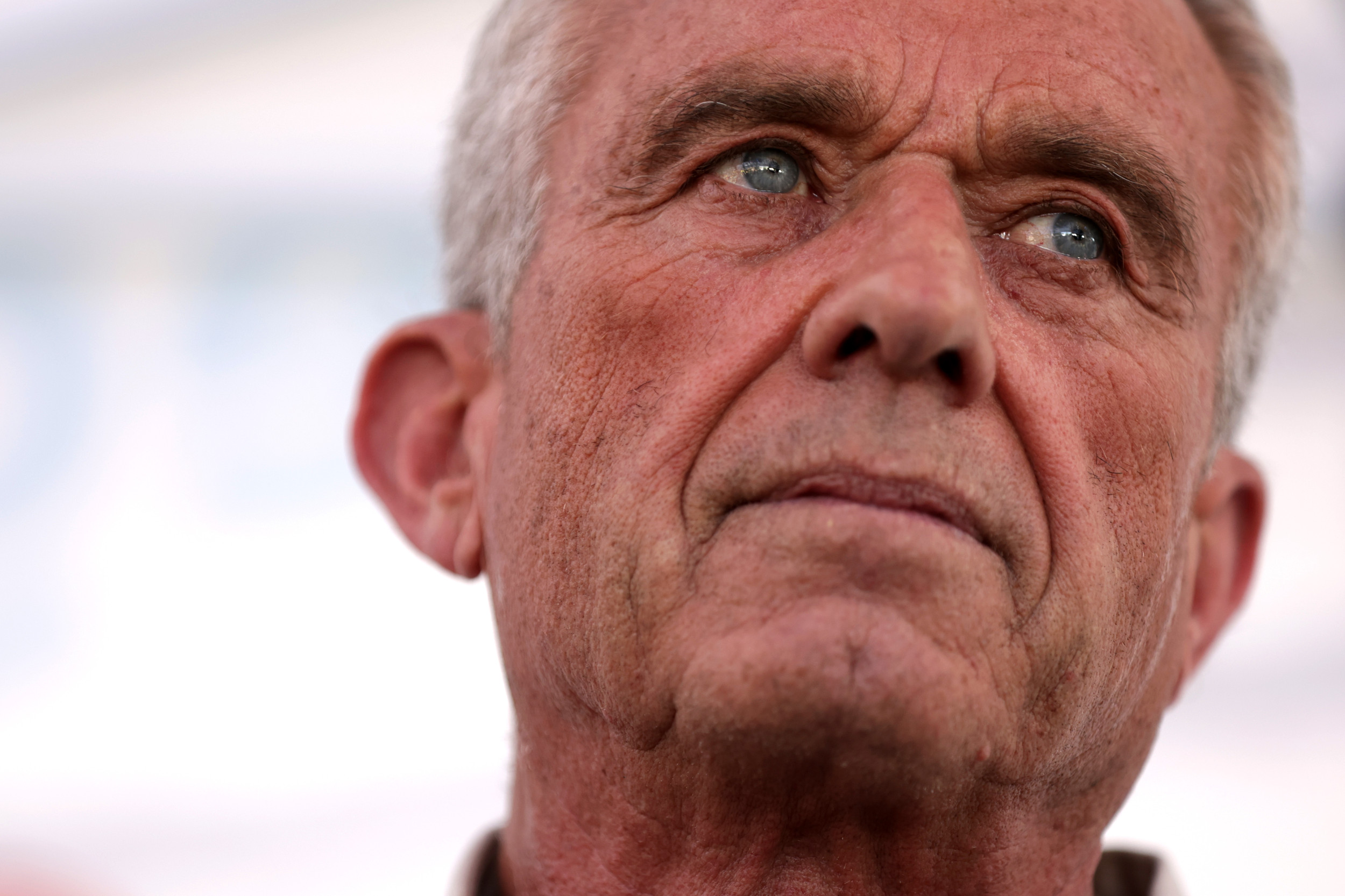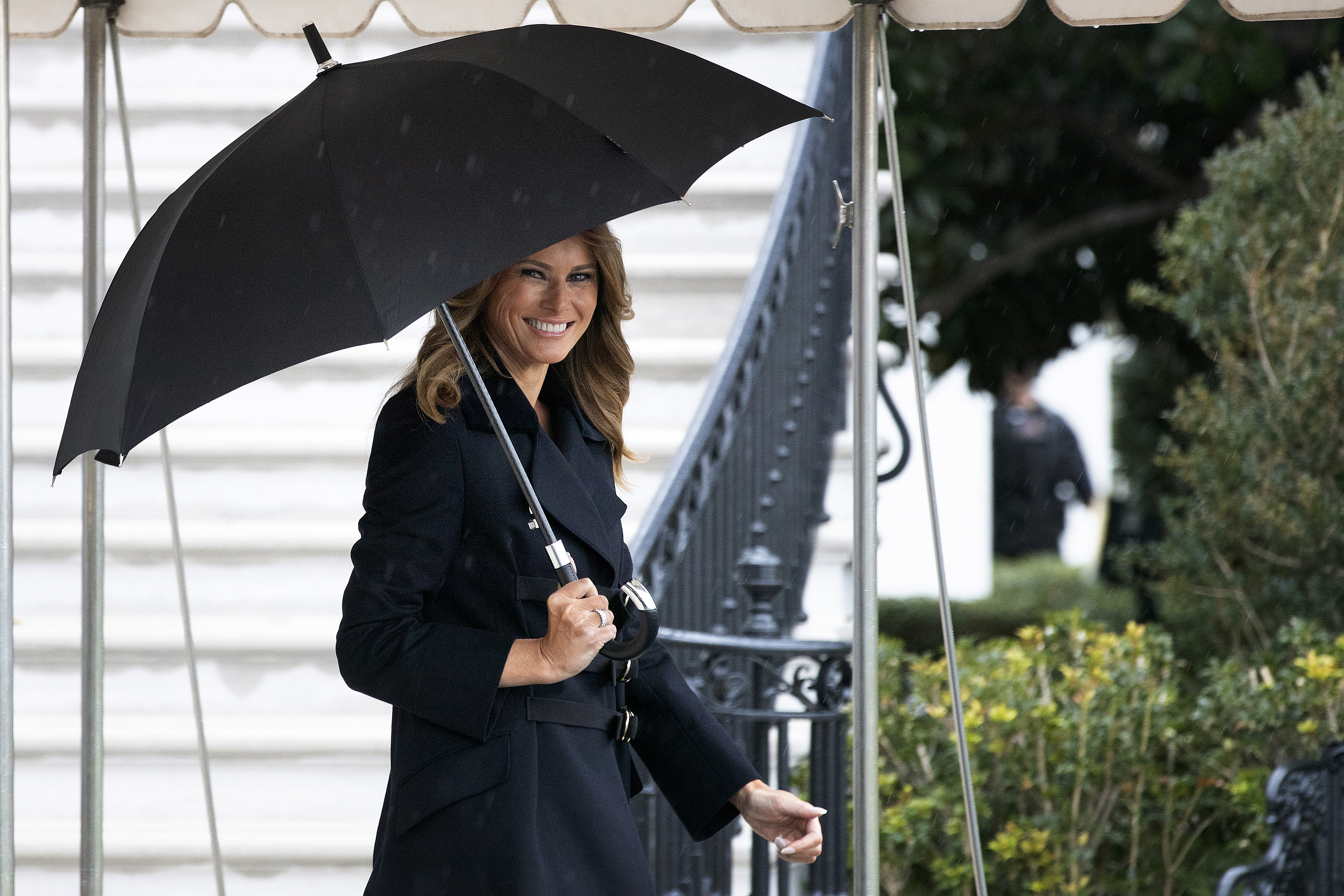The 2023 Chemistry Nobel Prize has been announced today as going to Moungi G. Bawendi, Louis E. Brus and Alexei I. Ekimov "for the discovery and synthesis of quantum dots."
The news came just days after Katalin Karikó became only the 13th woman to win the Nobel Prize in Physiology or Medicine for the development of mRNA vaccines against COVID-19.
BREAKING NEWS
— The Nobel Prize (@NobelPrize) October 4, 2023
The Royal Swedish Academy of Sciences has decided to award the 2023 #NobelPrize in Chemistry to Moungi G. Bawendi, Louis E. Brus and Alexei I. Ekimov “for the discovery and synthesis of quantum dots.” pic.twitter.com/qJCXc72Dj8
Despite 114 Nobel Prizes in Chemistry being given out throughout the years, with 189 individuals taking the prize, only eight women have ever received it. Of these, most prizes were shared. Here are the eight women to have been honored.
2022: Carolyn R. Bertozzi
Bertozzi won the Nobel Prize in Chemistry in 2022, alongside colleagues Morten Meldal and K. Barry Sharpless. Their research involved "the development of click chemistry and bioorthogonal chemistry," showing that molecules that quickly snap together to build larger, more complex molecules.
Bertozzi, who was born in October 1966 in Boston, Massachusetts, used click chemistry inside living organisms during her work at Stanford, and developed bioorthogonal reactions, which can occur within cells without disrupting the usual chemistry. These discoveries can now be used to explore cells, improve the targeting of cancer pharmaceuticals, and track biological processes.
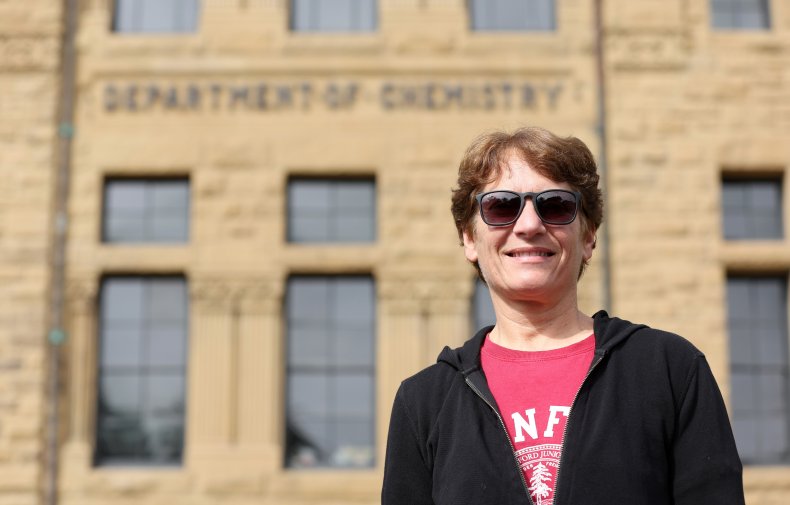
2020: Emmanuelle Charpentier and Jennifer A. Doudna
Doudna and Charpentier both won the Nobel Prize in Chemistry in 2020 for their joint work into "the development of a method for genome editing" using CRISPR/Cas9.
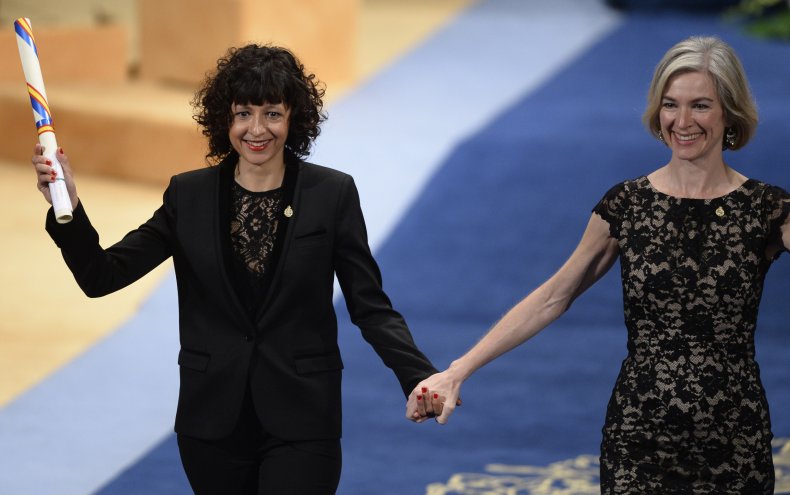
CRISPR/Cas9 allows scientists to precisely cut out genes and swap them between organisms, allowing for the development of a huge variety of genetic modification and therapies.
"There is enormous power in this genetic tool, which affects us all. It has not only revolutionized basic science, but also resulted in innovative crops and will lead to ground-breaking new medical treatments," said Claes Gustafsson, chair of the Nobel Committee for Chemistry, at the time.
The discovery was kickstarted when Charpentier, born in December 1968, in Juvisy-sur-Orge, France, found a molecule called tracrRNA inside Streptococcus pyogenes bacteria, which they used to fight viruses by cleaving their DNA. Working together with Doudna, who was born in February 1964 in Washington, the scientists reprogrammed this molecule, allowing it to not just cleave virus DNA, but any DNA molecule at a predetermined site.
2018: Frances H. Arnold
Arnold won the 2018 Nobel Prize alongside colleagues George P. Smith and Sir Gregory P. Winter, receiving a 1/2 credit "for the directed evolution of enzymes", while Smith and Winter received 1/4 each for "for the phage display of peptides and antibodies."
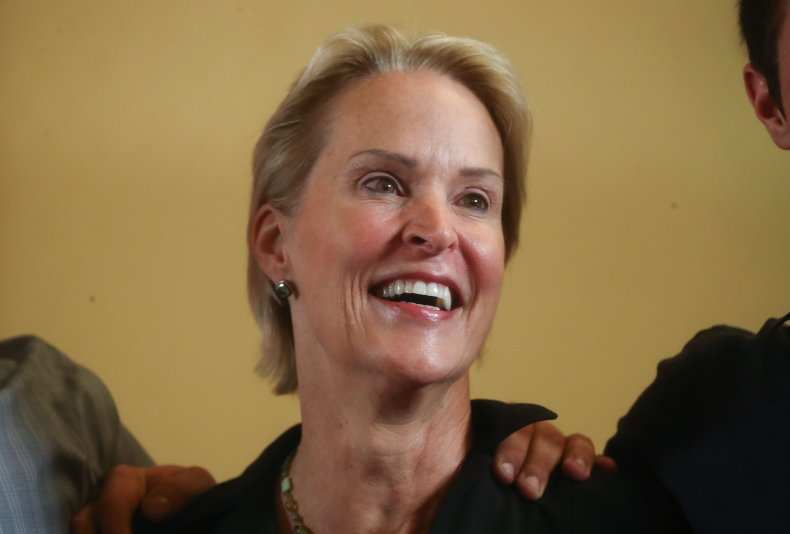
Born in July 1956 in Pittsburgh, Arnold was the first person to perform directed evolution of enzymes, which are specialized proteins that catalyze reactions in the body. Arnold's methods are used to create new enzyme catalysts for pharmaceutical manufacture and renewable fuel. Her co-winners also created a method of pharmaceutical manufacture, using bacteriophages to evolve new proteins.
2009: Ada Yonath
Yonath, born June 1939 in Jerusalem, won the 2009 Nobel "for studies of the structure and function of the ribosome," alongside colleagues Venkatraman Ramakrishnan and Thomas A. Steitz.
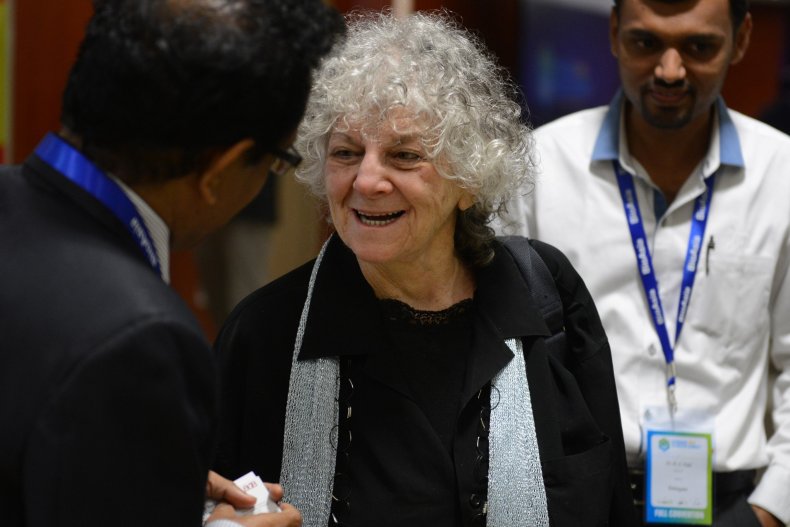
Their research involved the discovery of what the ribosome—an organelle within our cells that translates DNA into proteins—looks like and how it functions at the atomic level, using X-ray crystallography. Yonath and her colleagues each created 3D models, showing how different antibiotics bind to the ribosome.
1964: Dorothy Crowfoot Hodgkin
In an era where women weren't always taken seriously in the scientific field, Hodgkin won the 1964 Nobel "for her determinations by X-ray techniques of the structures of important biochemical substances."

The sole recipient of the Nobel, Hodgkin used X-rays to determine the structure of various molecules, by studying the patterns formed as the X-rays pass through. In 1946, she discovered the crystal structure of penicillin, and in 1956, she did the same for the most complexly structured vitamin: vitamin B12.
1935: Irène Joliot-Curie
Jolior-Curie was the daughter of Marie Curie and wife to Frédéric Joliot, with whom she co-won the Nobel Prize in Chemistry 1935 "in recognition of their synthesis of new radioactive elements."
Born in 1897, Joliot-Curie had worked with her mother Marie during World War I, providing mobile X-ray units, and went on to study in Paris.

Joliot-Curie and her husband discovered the first instance of a radioactive element being created artificially, after bombarding a thin piece of aluminum with alpha particles (helium atom nuclei). They found that after this bombardment, the aluminum continued to be radioactive, having converted some of the aluminum atoms into a radioactive isotope of phosphorus.
1911: Marie Curie
The first woman to win the Nobel Prize in Chemistry, and one of only two to win the prize alone, Curie won in 1911 "in recognition of her services to the advancement of chemistry by the discovery of the elements radium and polonium, by the isolation of radium and the study of the nature and compounds of this remarkable element."

Born in 1867, Curie worked with her husband Pierre to discover the radioactive elements polonium and radium, and in 1910, produced radium as a pure metal for the first time.
She and Pierre were jointly awarded the 1903 Nobel Prize in Physics, making her one of only four people in history to have won two Nobels.
Do you have a science story to share with Newsweek? Do you have a question about the Nobel Prize? Let us know via science@newsweek.com.
